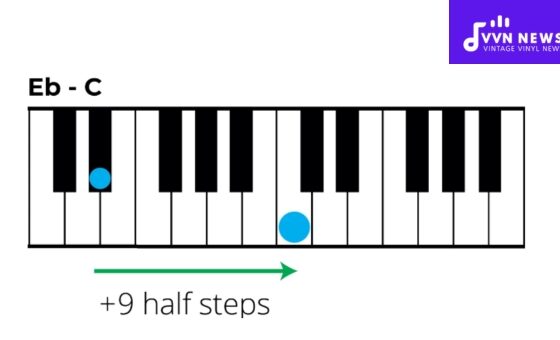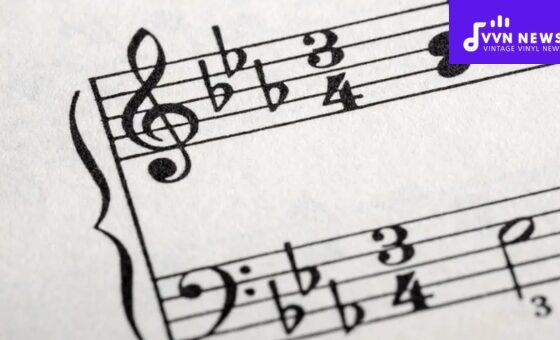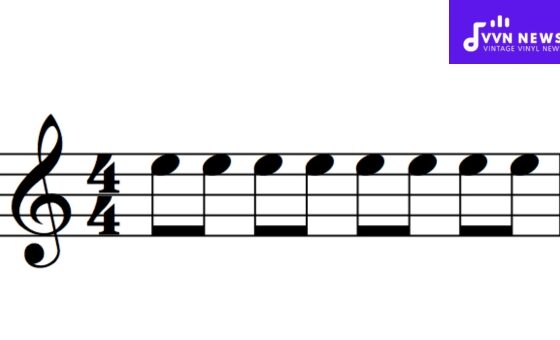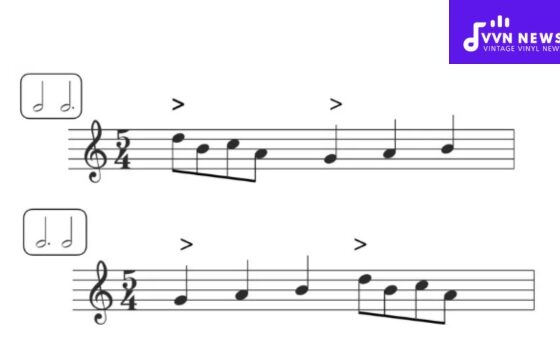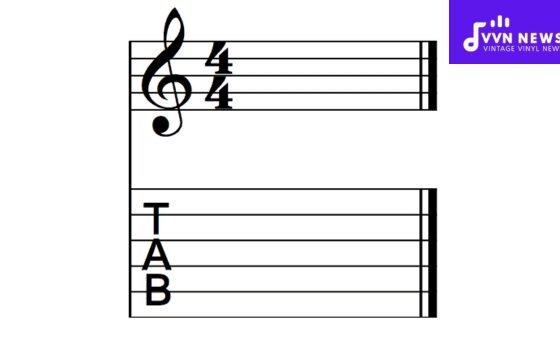As a music enthusiast or an audio recording professional, it’s essential to understand the expansive world of microphones.
Each microphone has a unique feature that suits it for various settings and uses. If you want to understand more about these incredible devices, this is the right place.
Today, we’ll delve into The Types of Microphones and their Uses, analyzing the different kinds you might encounter, their specific purpose, and when to use each one seamlessly.
Your choice also plays a significant role in determining how flawlessly your audio will sound.
Selecting the right type can be the significant difference between quality sound production and mere noise.
Therefore, understanding microphone types and their uses isn’t just useful for professionals and helps amateurs make informed decisions regarding sound recording or amplification. Let’s take this exciting journey together!
Types of Microphones

When you navigate the audio marketplace, the sheer amount of microphones and their uses can be overwhelming.
Once you grasp the broad categorization and see how each type is distinctively structured for various tasks, things get much clearer.
Dynamic Microphones
Among the most common microphones that you’ll come across, Dynamic Microphones are the ever-reliable workhorses of the audio world.
They use a simple but effective mechanism involving a wire coil and magnet to capture sound.
They are incredibly durable and provide high-quality sound in various contexts, especially when handling high Sound Pressure Levels (SPL).
This ability makes dynamic microphones ideal for live performances and demanding environments like drum overheads or guitar amplifiers.
Characteristics of Dynamic Microphones
- High SPL handling
- Good for both vocals and instruments
- Durable and reliable
- Does not need external power
Because of their durability, these mics are perfect for tours, offering consistently excellent performance despite the rigors of the road.
Large Diaphragm Condenser Microphones
A different breed altogether is Large Diaphragm Condenser Microphones.
These are highly sensitive and accurately represent sound, making them ideal for studio recording.
The ‘large diaphragm’ refers to its size (usually one inch or more), contributing to its sensitivity and ability to capture minute details often lost by other types.
Characteristics of Large Diaphragm Condenser Mics.
- Requires external power source (phantom power)
- Excellent for capturing vocal nuances
- Ideal in controlled studio environments
Just note that this sensitivity comes with vulnerability – these microphones may not be well-suited for live environments or scenarios where robustness is needed.
Also Read: 25 Best Dynamic Microphones For Vocals & More In 2025
Small Diaphragm Condenser Microphones
A sibling to the large diaphragm version is Small Diaphragm Condenser Microphones, also known as ‘pencil mics’ due to their thin cylindrical shape.
The smaller diaphragms permit excellent transient response (the mic’s ability to respond to changes in sound pressure level), which makes them perfect at picking up fine details of sound, particularly from acoustic instruments like violin or acoustic guitar.
Characteristics of Small Diaphragm Condenser Mics.
- Great transient response
- Excellent for detailed audio capture (like stringed instruments)
- Could be sensitive to environmental conditions
Again, the external power requirement and delicacy mean they are best for studio use rather than live performances.
Ribbon Microphones
Ribbon microphones are a classic in the microphone family, known for their smooth, vintage tonality.
The delicate ribbon element inside captures the sound’s velocity rather than pressure, leading to a natural-sounding capture that smooths over harsh frequencies.
They require careful handling due to the delicacy of the ribbon component but deliver a genuinely unique sound where low SPL situations are in focus, like studios or broadcast environments.
Characteristics of Ribbon Microphones
- Delicate but high-quality audio capture
- Captures the velocity of sound for a natural feel
- Ideal for studio and broadcast usage
Also Read: 25 Best Condenser Microphones For Pro & Home Studios In 2025
Laser Microphone
A laser microphone isn’t your everyday traditional microphone; its uses are precise and specialized.
It’s known as a surveillance device as it picks up sound vibrations from a distance.
A laser beam is directed at an object reflecting the sound, and the pulses are decoded back into audio.
Characteristics of Laser Microphones
- Used primarily for surveillance
- Picks up distant sound vibrations
- Requires decoding technology to convert reflections back to audio
Boundary Microphone
On the other hand, boundary microphones, or PZM (Pressure Zone Microphone), operate using interference techniques.
It’s designed to be positioned on flat surfaces like tables or walls – thus capturing sound without the phase issues that regular mics would face in a similar situation.
Characteristics of Boundary Microphones
- Ideal for placement on flat substances
- Perfect for recording room ambiance or conference calls
- Minimizes phase issues with a unique working pattern
Shotgun Microphone
The shotgun microphone stands out with its extreme directionality characteristic.
This makes it ideal for field recordings where pinpoint audio capture from a source is required – like in film production or wildlife recording, where ambient noise must be minimized.
Characteristics of Shotgun Microphones
- Highly directional
- Suitable for capturing discrete sounds in noisy environments
- Commonly used in film production and field recordings
Electret Microphone
The electret microphone offers reliability and affordability in one package.
Thanks to its internal preamp, this microphone can deliver consistent performance without needing much power, which is most suitable for mobile devices and consumer electronics due to its compact size and versatility.
Also Read: 14 Best Vocal Microphones [Upgrade Your Singing Gear In 2025]
Characteristics of Electret Microphones
- Small in size.
- Requires minimal power.
- Most often found in consumer electronics.
USB Microphone
Technology has brought us so far that now we have USB microphones perfect for straightforward plug-and-play use with computers ― ideal for home recording, podcasting, or simple voiceovers.
As it doesn’t need professional audio interfaces to connect, USB microphones have democratized home recording more than any other device.
Characteristics of USB Microphones
- Easy plug-and-play operation
- Ideal for home recording, gaming, and podcasting
- There is no need for extra audio interfaces – direct connection to computers
Parabolic Microphone
Last on our list is the parabolic microphone. This is another highly directional microphone used primarily in broadcasting sports events where capturing specific sounds from a distance is paramount.
The design uses a parabolic reflector to collect and focus sound waves onto a transducer.
Characteristics of Parabolic Microphones
- Highly directional due to its unique design
- Used mainly in sports broadcasting
- Captures specific distant sounds with precision
To summarize our journey through the fascinating landscape of microphones, each type has distinctive characteristics that suit them for specific tasks.
Whether you are an amateur just starting or a seasoned professional, understanding these differences will undeniably enhance your ability to capture great sound reliably.
Also Read: Microphone Basics [Increase Your Audio Quality With These Tips]
FAQs About Microphones
What sort of microphone is best for recording vocals in a studio setting?
Large-diaphragm condenser microphones are great for capturing the nuances and details of vocals in controlled studio environments.
Can I use my dynamic microphone for acoustic instruments?
Yes, dynamic microphones can handle a variety of sounds. However, small diaphragm condenser microphones would be better for finer details and transient responses of acoustic instruments.
Why does my condenser microphone require an external power source?
Condenser microphones use a powered conductive diaphragm to create sound signals, thus requiring an external power source. This is often provided via ‘phantom power’ from the audio interface.
What is SPL handling, and why does it matter?
SPL or Sound Pressure Level handling refers to the maximum volume a microphone can effectively record without distortion. High SPL handling is ideal for louder sound sources like live performances or drum sets.
Are ribbon microphones suitable for live recordings?
Ribbon microphones are generally more delicate and are better suited to low SPL situations like studios or broadcast environments rather than robust live settings.
Conclusion
Understanding the various types of microphones and their uses can significantly enhance your audio recording or sound amplification experience.
Be it a Dynamic Microphone or a Ribbon Microphone, each has unique characteristics that make them suitable for diverse scenarios.
Consider factors like the sensitivity, durability, and requirement of external power sources before choosing.
Whether you’re setting up for a live concert, studio recording session, or just enjoying some acoustic instrumentals at home – with the right microphone to capture every detail, you’re always in for a treat.




